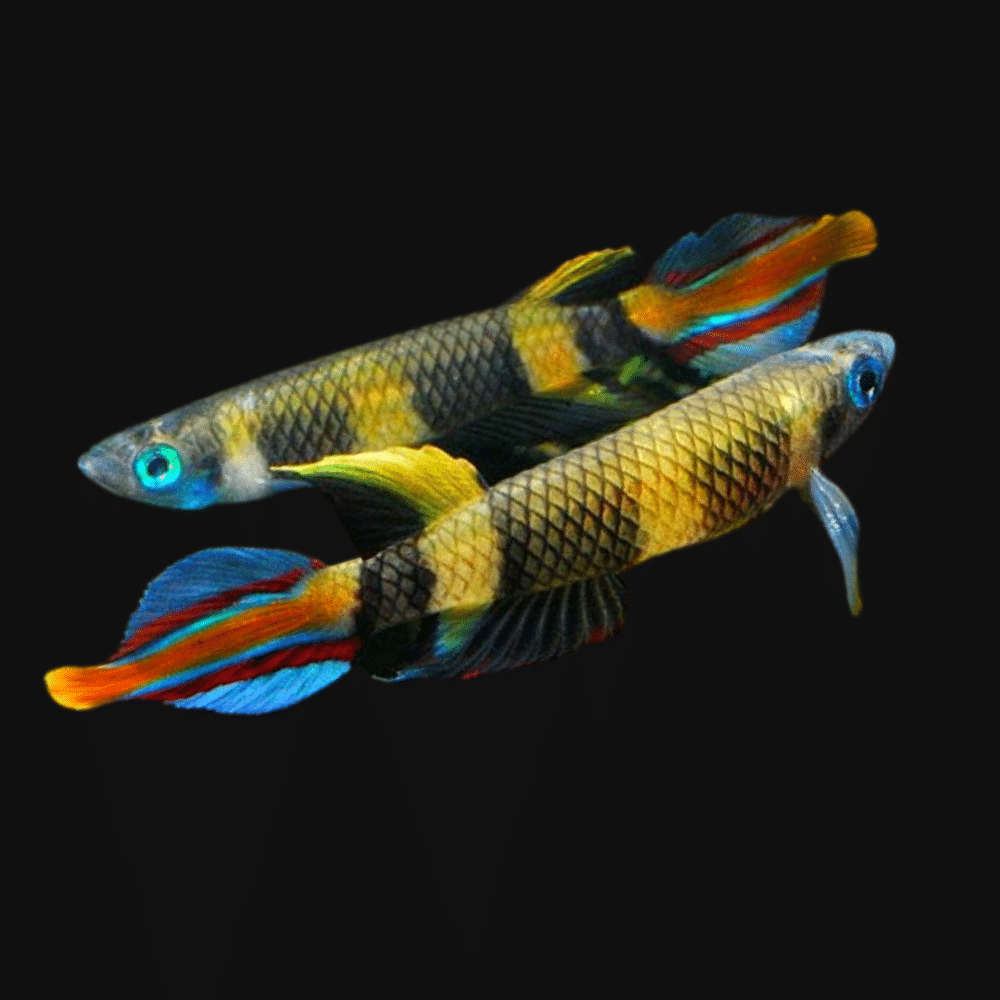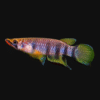To provide the best experiences, we use technologies like cookies to store and/or access device information. Consenting to these technologies will allow us to process data such as browsing behaviour or unique IDs on this site. Not consenting or withdrawing consent, may adversely affect certain features and functions.
The technical storage or access is strictly necessary for the legitimate purpose of enabling the use of a specific service explicitly requested by the subscriber or user, or for the sole purpose of carrying out the transmission of a communication over an electronic communications network.
The technical storage or access is necessary for the legitimate purpose of storing preferences that are not requested by the subscriber or user.
The technical storage or access that is used exclusively for statistical purposes.
The technical storage or access that is used exclusively for anonymous statistical purposes. Without a subpoena, voluntary compliance on the part of your Internet Service Provider, or additional records from a third party, information stored or retrieved for this purpose alone cannot usually be used to identify you.
The technical storage or access is required to create user profiles to send advertising, or to track the user on a website or across several websites for similar marketing purposes.














Emily Carter (verified owner) –
I recently added two Pseudepiplatys Annulatus, or clown killifish, to my 20-gallon aquarium, and I couldn’t be happier! These little guys are just 1 cm, and their vibrant colors have truly transformed my tank. It’s been about two weeks since they arrived, and they’ve settled in beautifully. Watching them swim around brings me immense joy. Their playful nature makes them so entertaining to observe! I appreciate how peaceful they are, which makes them perfect for a community tank.
I’ve previously kept other killifish, but I find these clown killifish to be more active and social. One minor concern I had was their shyness in the beginning, but with some plants and hiding spots, they’ve really come out of their shells. If you’re looking to enhance your freshwater fish collection, I highly recommend these little beauties! Just ensure you provide plenty of cover and a gentle filter flow. I can’t wait to see how they continue to thrive and grow in my aquarium! Truly a delightful addition for any caring fish parent.